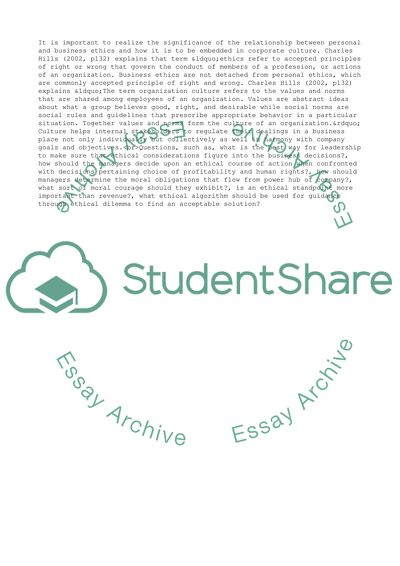Cite this document
(Managing Ethical Issues in an Organization: Apple Term Paper, n.d.)
Managing Ethical Issues in an Organization: Apple Term Paper. Retrieved from https://studentshare.org/management/1757329-essay-2500-words-ethical-issue-in-an-organization
Managing Ethical Issues in an Organization: Apple Term Paper. Retrieved from https://studentshare.org/management/1757329-essay-2500-words-ethical-issue-in-an-organization
(Managing Ethical Issues in an Organization: Apple Term Paper)
Managing Ethical Issues in an Organization: Apple Term Paper. https://studentshare.org/management/1757329-essay-2500-words-ethical-issue-in-an-organization.
Managing Ethical Issues in an Organization: Apple Term Paper. https://studentshare.org/management/1757329-essay-2500-words-ethical-issue-in-an-organization.
“Managing Ethical Issues in an Organization: Apple Term Paper”, n.d. https://studentshare.org/management/1757329-essay-2500-words-ethical-issue-in-an-organization.


